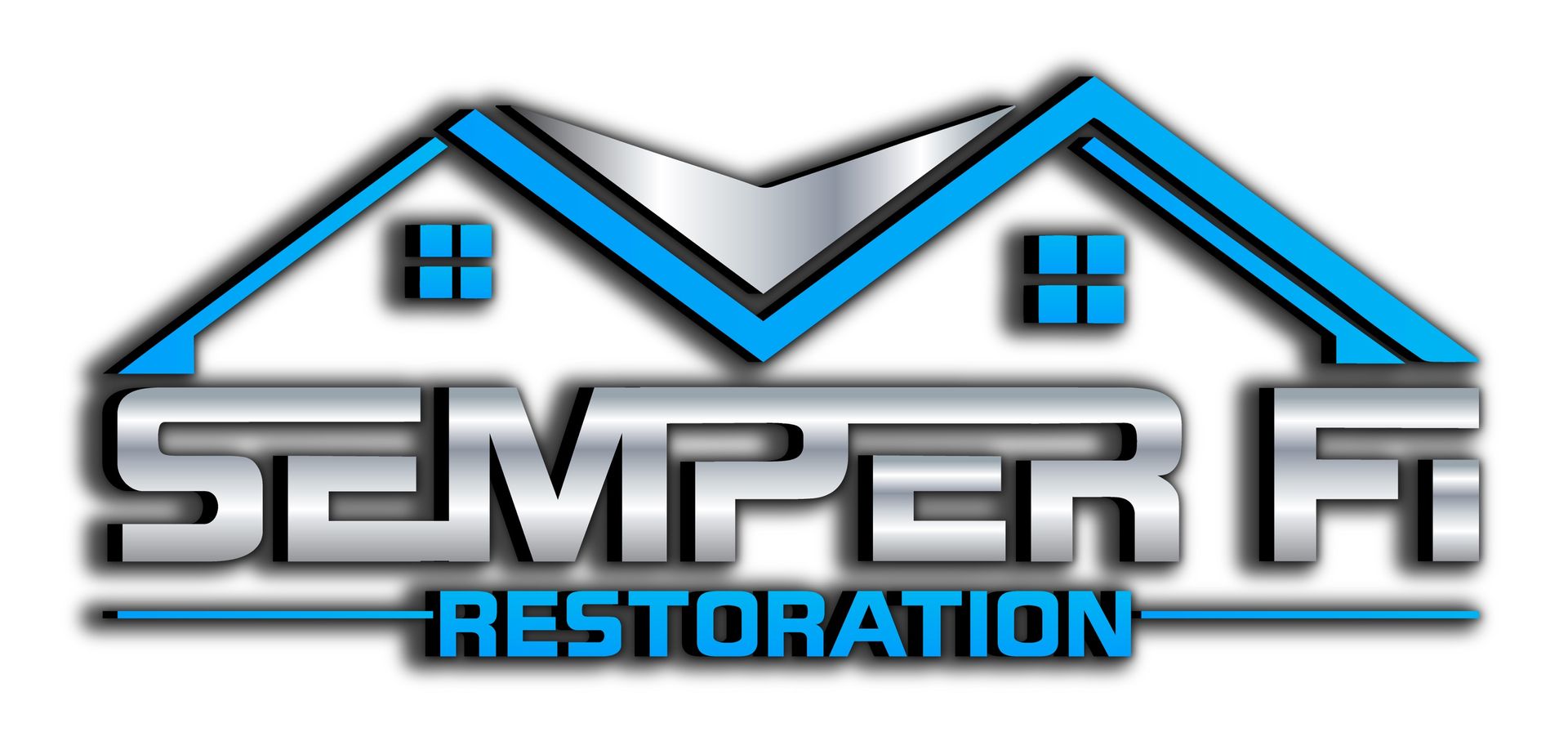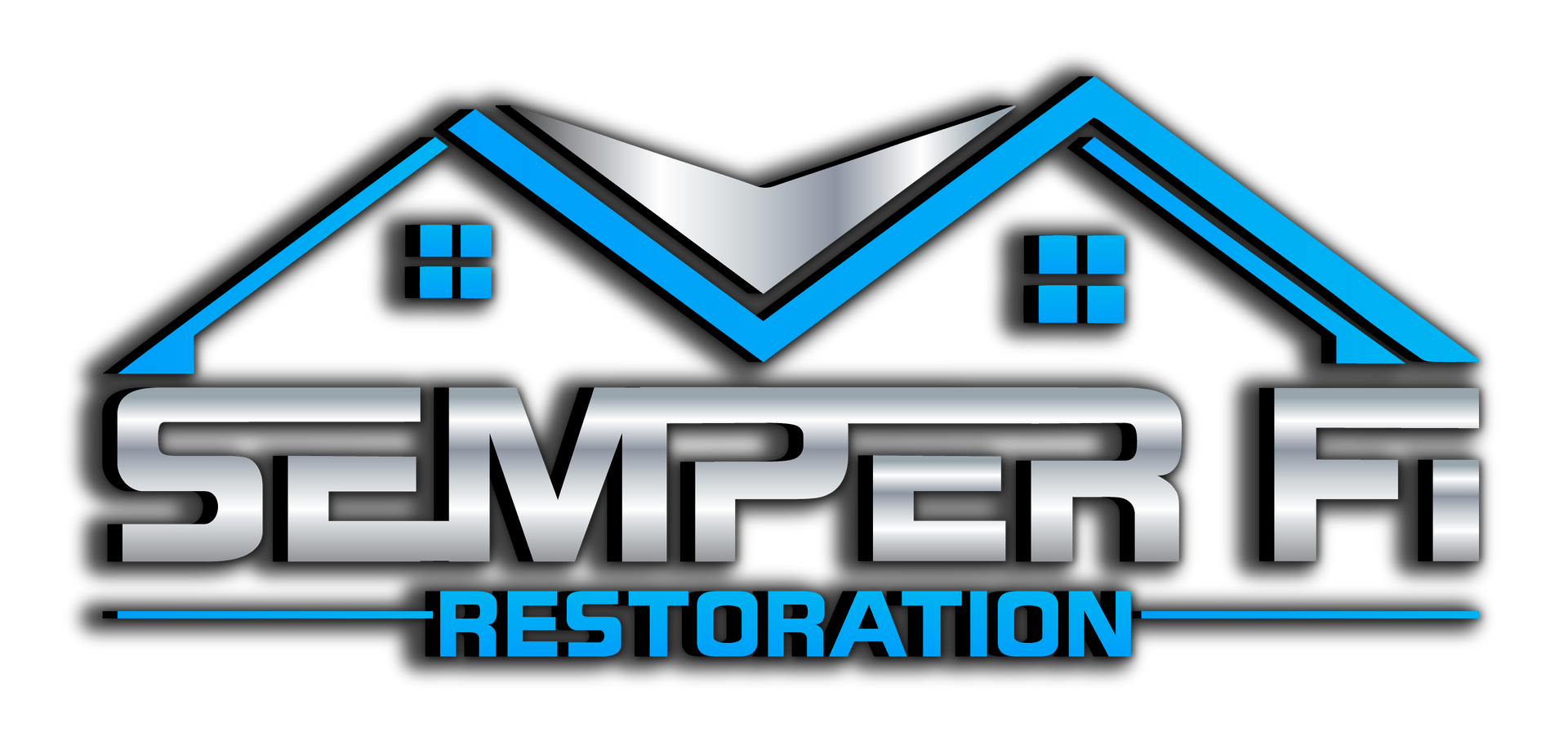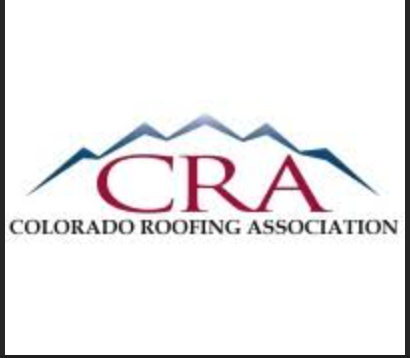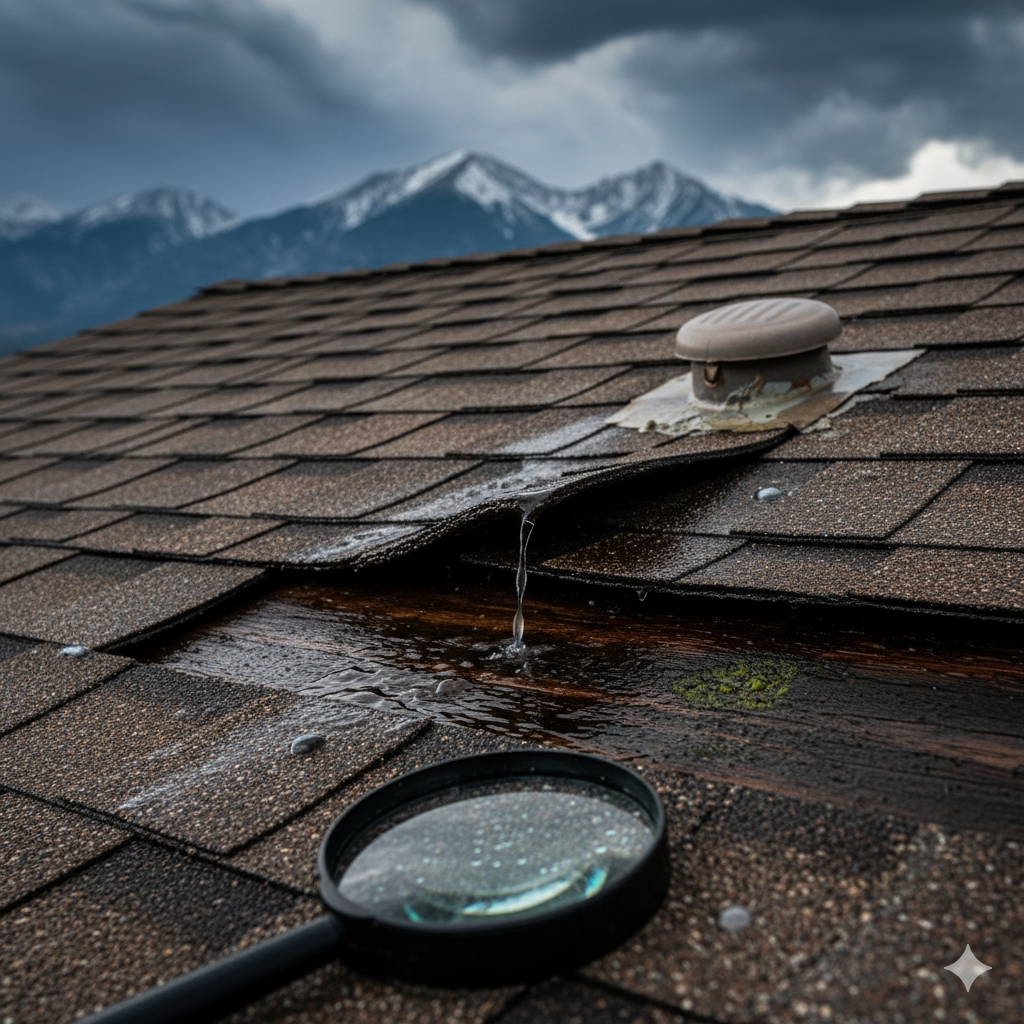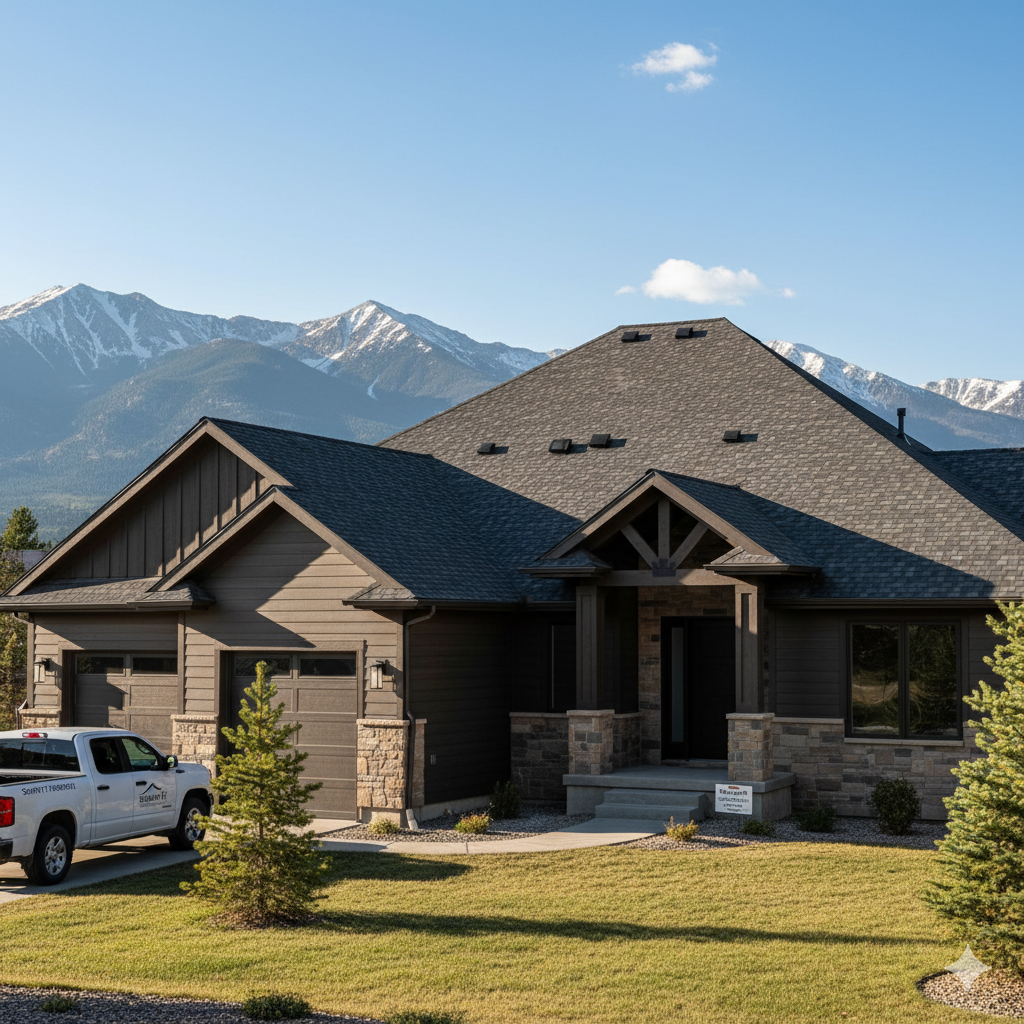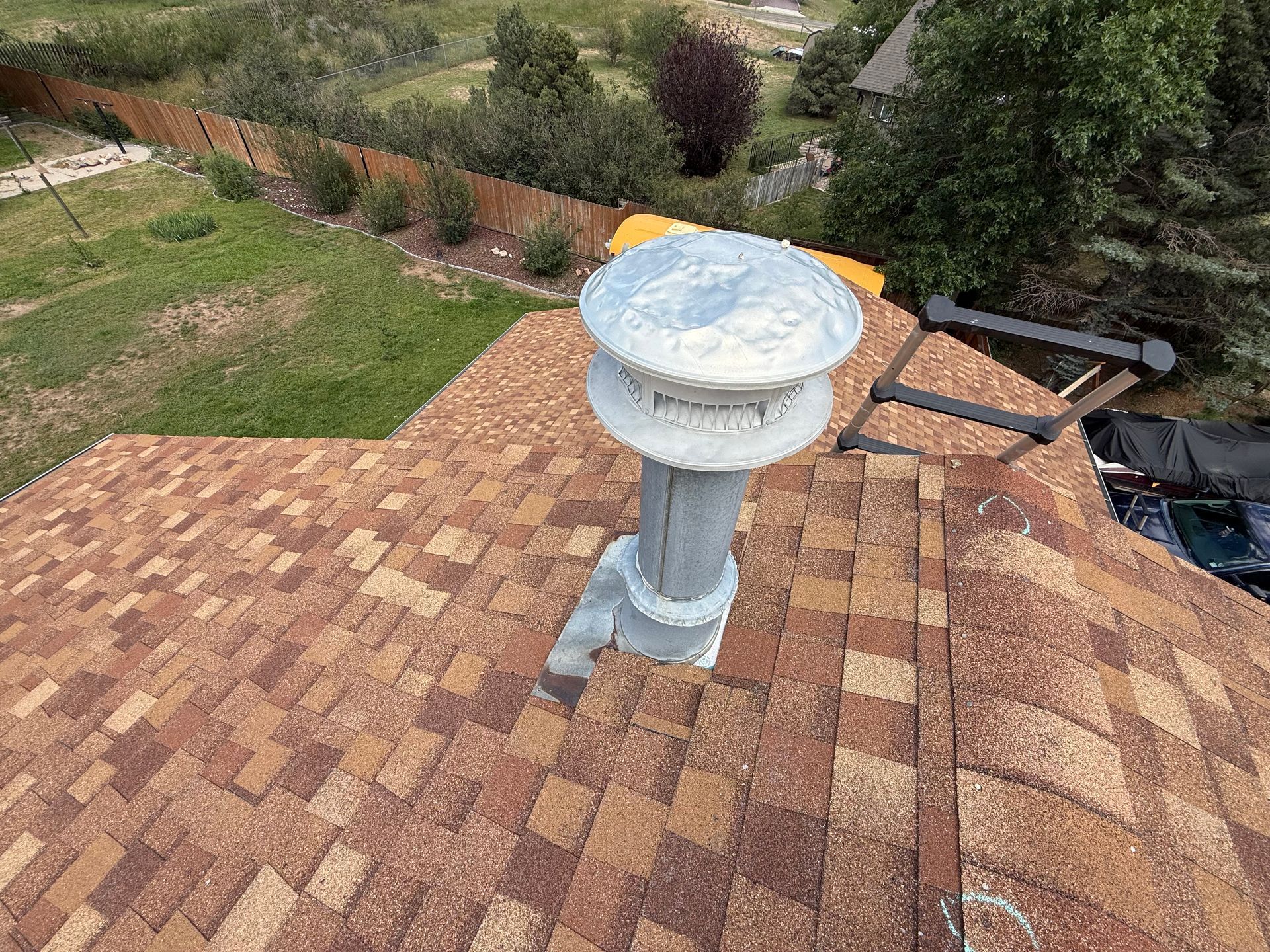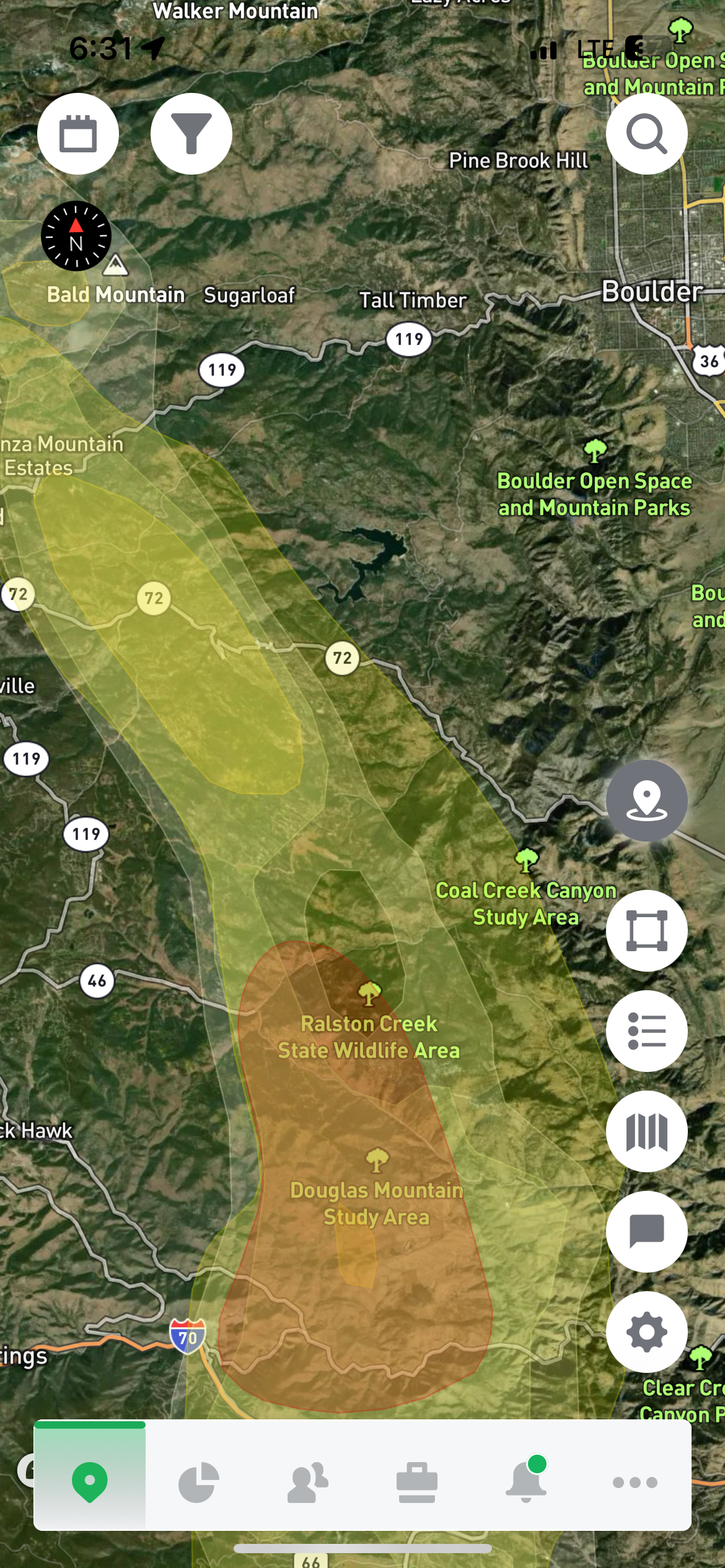Comprehensive Guide to Dealing with Hail Damage on Your Roof in Colorado
November 8, 2024
Hailstorms are a common occurrence in Colorado, often leaving homeowners with significant roof damage. The high-altitude climate makes hailstorms frequent and sometimes severe, leading to cracked shingles, dented gutters, and water leaks. If you suspect your roof has been impacted by hail, taking the right steps is essential to protect your home and avoid costly repairs down the road. Here’s a step-by-step guide to assessing and addressing hail damage on your roof.
Step 1: Assess the Initial Damage
After a hailstorm, it’s critical to assess the immediate damage to your home, especially your roof, which bears the brunt of the impact. Here’s what to do:
• Safety First: Before inspecting, ensure it’s safe to go outside. Wait until the storm has completely passed and there are no further risks of hail or lightning.
• Ground Inspection: Start by walking around the perimeter of your home and looking for visible signs of damage from the ground. Look for dents on gutters, downspouts, and metal flashing, as well as any broken or cracked shingles.
• Check for Loose Shingles: Strong hail can loosen shingles or even tear them off, exposing your roof to further damage. If you notice any missing shingles from ground level, it’s a strong indicator that your roof needs repairs.
Step 2: Document the Damage
Proper documentation is essential, especially if you plan to file an insurance claim. Follow these steps:
• Take Photos and Videos: Capture clear, detailed photos of any visible damage. Focus on areas with cracked, missing, or dented shingles, and include photos of any fallen shingles or debris on the ground.
• Keep Notes: Write down details about the storm, such as its date, time, and duration. Also, note any signs of leaks or damage you observed inside your home, as water stains or wet spots on ceilings could indicate roof damage.
• Check the Yard: Sometimes hail damage evidence, such as shredded foliage, cracked windows, or dented vehicles, can support your claim. Document these details too.
Step 3: Inspect for Internal Damage
Hail damage isn’t always immediately visible from the outside. Sometimes, it can lead to interior issues, especially if water has seeped through damaged areas. Here’s how to conduct an interior inspection:
• Ceilings and Walls: Look for water stains, discoloration, or peeling paint on your ceilings and walls. These signs could indicate water leakage from the roof.
• Attic Inspection: If possible, inspect your attic for any signs of water intrusion. Damp insulation, water spots, or musty odors are signs that water may be entering through roof damage.
• Check for Mold and Mildew: Roof leaks can lead to mold growth, which poses health risks. If you notice any musty smells or mold patches in the attic, it’s essential to address this issue immediately.
Step 4: Call a Professional Roofing Company for an Inspection
Once you’ve assessed the damage, it’s time to call in a professional. Colorado’s hailstorms often cause severe damage that isn’t always visible to the untrained eye. A roofing contractor will conduct a thorough inspection and provide a detailed report on the extent of the damage.
• Choose a Local, Trusted Contractor: Look for a roofing company with experience in handling hail damage and insurance claims in Colorado. Local contractors understand the specific weather patterns and roofing needs in the area.
• Verify Credentials: Check that the roofing company is licensed, insured, and has good reviews. Companies like Semper Fi Restoration, founded by a former Marine, are known for reliability and strong customer service.
• Schedule a Detailed Inspection: Ask the contractor to document all damage thoroughly, including taking photos and measurements. This detailed report will be valuable when filing your insurance claim.
Step 5: Contact Your Insurance Company
Filing an insurance claim is often necessary to cover the cost of hail damage repairs. The process can feel complex, but following these steps can make it smoother:
• Notify Your Insurance Provider: Contact your insurance company as soon as possible to report the damage. Many insurance policies have a limited time window for filing claims after a storm, so it’s best to act quickly.
• Provide Documentation: Share your photos, notes, and any other documentation you collected, along with the roofing contractor’s inspection report. This evidence supports your claim and increases the likelihood of a fair assessment.
• Schedule an Adjuster’s Visit: Your insurance company will likely send an adjuster to assess the damage. Ensure that your roofing contractor is present during this visit to answer questions, provide evidence, and advocate for accurate assessment.
Step 6: Review the Insurance Estimate
After the adjuster’s visit, you’ll receive an estimate for the cost of repairs or replacement. Here’s what to consider when reviewing the estimate:
• Compare with Your Contractor’s Estimate: Review the insurance company’s estimate and compare it with the one provided by your roofing contractor. If there are discrepancies, discuss them with your insurer to ensure all damage is accounted for.
• Understand Depreciation and Deductibles: Be clear on how your policy handles depreciation and deductibles. Some insurance policies may cover only the depreciated value of the roof, meaning you’ll need to cover part of the replacement cost.
• Consider Supplementary Coverage: If the estimate is lower than expected, your contractor can help file a supplemental claim, detailing additional damage or necessary repairs that may have been overlooked.
Step 7: Schedule the Roof Repairs or Replacement
Once you’ve settled the insurance claim, it’s time to schedule the actual repairs. Work with a reputable contractor who specializes in hail damage restoration.
• Choose High-Quality Materials: Colorado’s harsh weather means your roof needs to be highly durable. Ask your contractor about impact-resistant shingles, which offer better protection against hailstorms.
• Consider Weather Timing: Schedule the repairs during a time when the weather is least likely to interfere with work. Colorado’s unpredictable weather can impact timelines, so discuss contingency plans with your contractor.
• Prepare Your Property: Before the work begins, move any outdoor furniture, vehicles, or valuables away from the work area to prevent damage.
Step 8: Monitor and Maintain Your Roof After Repairs
Regular maintenance is essential to extend the lifespan of your repaired or replaced roof and to prevent future issues.
• Schedule Annual Inspections: Regular inspections help identify and address minor issues before they become major problems. Annual check-ups by a roofing professional can help spot potential vulnerabilities early.
• Clean Gutters and Downspouts: Clogged gutters can lead to water pooling, which may damage your roof. Clean your gutters regularly, especially after hailstorms or windy weather.
• Trim Overhanging Branches: Trees near your roof can increase the risk of damage during storms. Keep branches trimmed to avoid falling debris, which can exacerbate hail damage.
Additional Tips for Protecting Your Roof in Colorado’s Hail-Prone Areas
1. Install Impact-Resistant Shingles: If you’re replacing your roof, consider upgrading to Class 4 impact-resistant shingles. These shingles are designed to withstand hail impact, offering better protection and potentially lowering your insurance premiums.
2. Apply Roof Coatings: Special roof coatings can add an extra layer of protection. Speak with your roofing contractor about options that work well in Colorado’s high-altitude climate.
3. Stay Updated on Weather Warnings: Pay attention to storm forecasts, especially during peak hail season (April through September in Colorado). Early warning gives you time to protect valuables and prepare for potential roof damage.
4. Invest in Storm-Resistant Roofing Design: If building or remodeling, talk to your contractor about roofing designs that are better suited to Colorado’s severe weather, like steep slopes that encourage hail to slide off.
Dealing with hail damage can be a daunting process, but with the right steps, you can protect your home and restore your roof effectively. Following this guide not only ensures a thorough response to hail damage but also helps you navigate the insurance claim process with confidence. Working with a knowledgeable roofing contractor and taking preventative measures can safeguard your home from Colorado’s unpredictable storms, giving you peace of mind for years to come. Need help? Semper Fi Restoration makes the process easy so that you don't have to overthink it and you know you're in good hands.
We'd love to do a complimentary roofing assessment for you!
